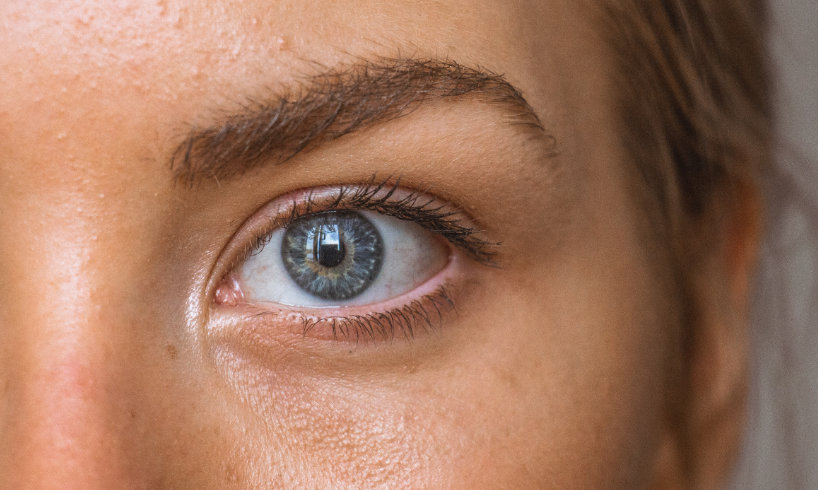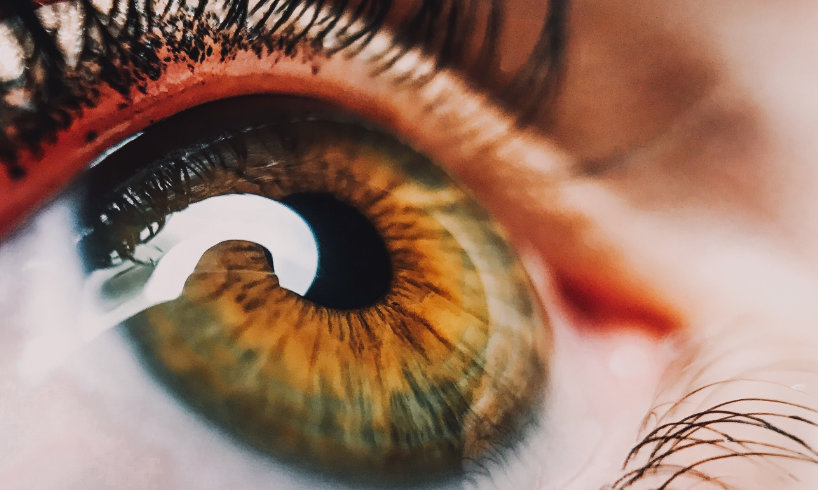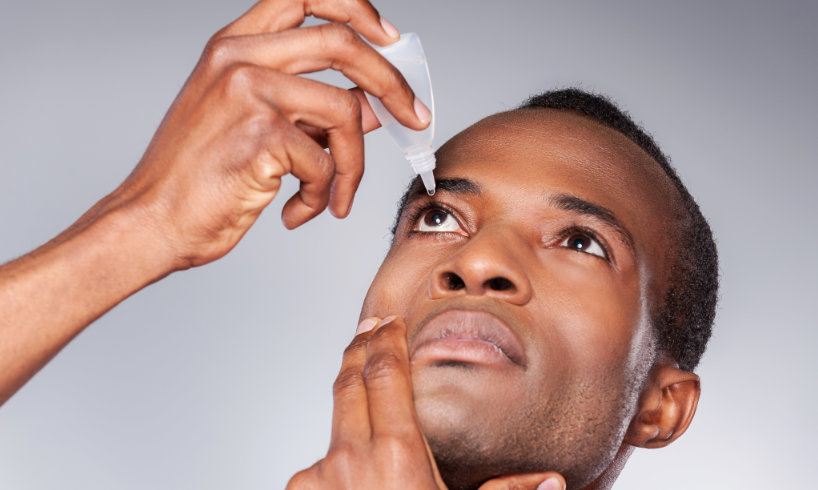
Eye allergies, also known as allergic conjunctivitis, are a common condition that occurs when the immune system reacts to a substance that is typically harmless, such as pollen, mold, dust mites, or pet dander. When the allergen comes into contact with the eye, the immune system releases histamine and other chemicals, which cause inflammation and symptoms such as redness, itching, burning, tearing, and sometimes a clear or whitish discharge. Eye allergies can affect one or both eyes and the symptoms can range from mild to severe. Eye allergies can be seasonal, such as hay fever, which is caused by pollen, or perennial, which occurs all year round.
What Causes An Eye Allergy?
An eye allergy, also known as allergic conjunctivitis, is caused by an immune system reaction to a substance that is typically harmless, such as pollen, mold, dust mites, or pet dander. When the substance, known as an allergen, comes into contact with the eye, the immune system releases histamine and other chemicals, which cause inflammation and symptoms such as redness, itching, and tearing.
Eye irritants can include:
- Airborne substances discovered in nature such as pollen from flowers, yards, or trees.
- Indoor irritants such as pet dander, dust, or mold.
- Irritants such as cosmetics, chemicals, cigarette smoke, or perfume.

Tips for Coping With Eye Allergies
Allergic reactions can go from mildly uneasy to crippling. Understanding how to reduce symptoms and reduce exposure can considerably improve your convenience and quality of life, particularly throughout allergy season which can last from April to October.
To reduce exposure to allergens:
- Stay inside your home and keep windows closed when pollen counts are high, particularly in the mid-morning and early evening.
- Wear sunglasses outside to safeguard your eyes, not just from UV rays, but also from airborne allergens.
- Prevent rubbing your eyes, this can magnify symptoms and increase irritation. When the eyes get scratchy, it is challenging not to rub and scratch them. However, rubbing the eyes can aggravate the allergic cascade action, making them more inflamed, red, and uncomfortable.
- Examine and regularly clean your a/c filters.
- Keep family pets outdoors if you have pet allergies and wash your hands after cuddling an animal.
- Use dust-mite-proof covers on bed linen and pillows and clean linens frequently.
- Tidy surfaces with a moist fabric rather than cleaning or dry sweeping.
- Eliminate any mold in your home.
- Decreasing contact lens wear throughout allergy season or switching to day-to-day disposable contact lenses.
Treatment for the uneasy symptoms of allergic conjunctivitis consists of non-prescription and prescription drops and medications. It is best to know the source of the allergy reaction to avoid symptoms. Often individuals wait till the allergy response is more severe to take allergy medication, but many allergic reaction medications work best when taken simply prior to being exposed to the allergen.
Consult your eye doctor about your symptoms and which treatment is best for you.

Non-prescription medications include:
- Synthetic tears (to decrease dryness)
- Decongestant eyedrops
- Oral antihistamines
Prescription medications include eyedrops such as antihistamines, mast-cell stabilizers, or stronger decongestants as well as non-steroidal anti-inflammatory drugs (NSAIDs) or corticosteroids.
Immunotherapy which are allergy injections given by a specialist are often likewise handy to help your body in developing immunity to the allergens that generate the allergic response.
If no allergy medicine is on hand, even cool compresses and synthetic tears can help ease symptoms.
Discovering the ideal treatment for your allergies can make all the difference in your quality of life, especially throughout the time of year when most of us like to take pleasure in the outdoors.